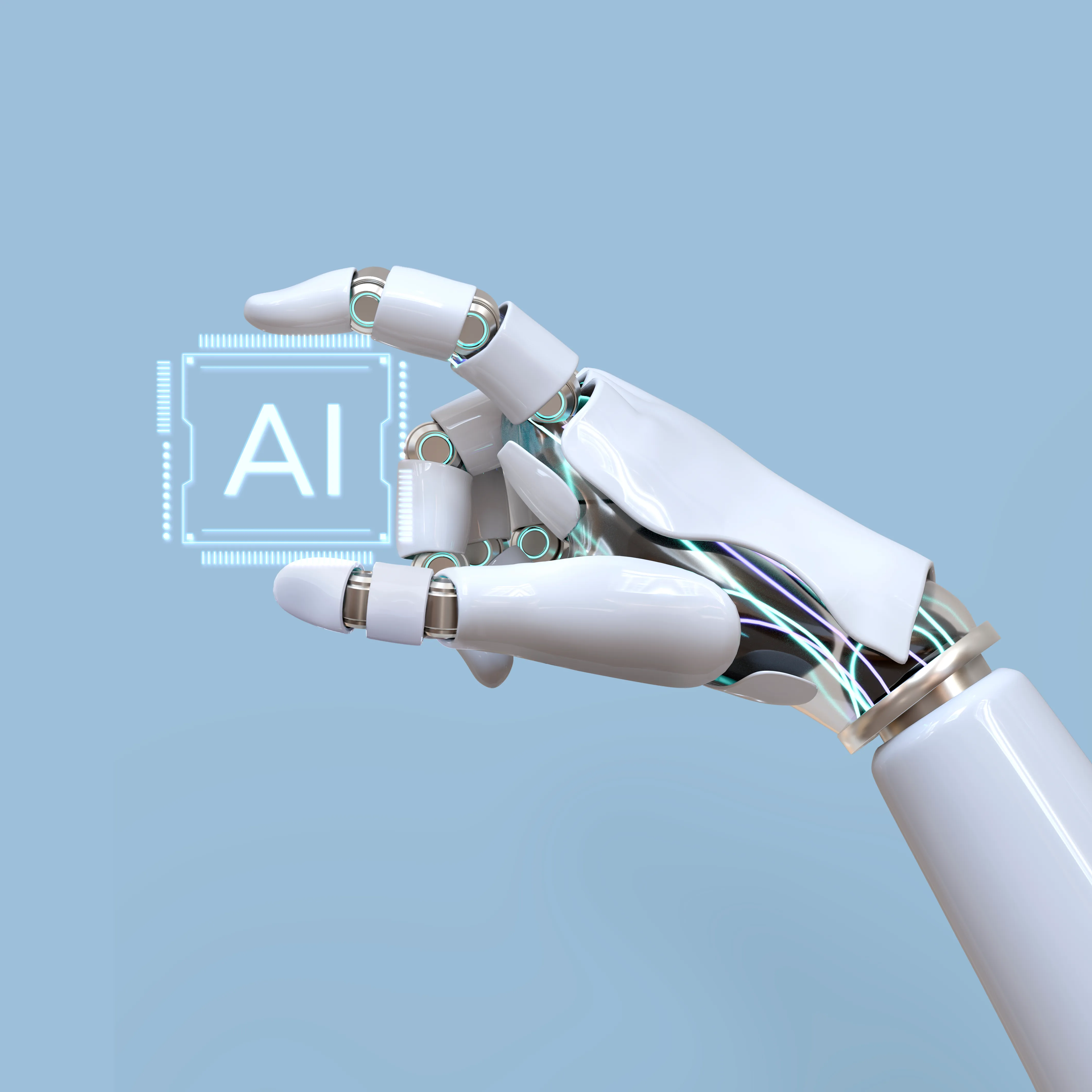

AI is revolutionizing workplace safety by enabling real-time hazard detection, predictive maintenance, and automated safety compliance through technologies like computer vision, machine learning, and IoT sensors.
It identifies unsafe behaviors, monitors PPE usage, and analyzes environmental data to prevent accidents before they occur. Wearable devices and AI-driven analytics also help track worker health, fatigue, and exposure levels. This proactive approach reduces risks, lowers injury rates, and fosters a safer, data-driven work environment.
AI in workplace safety integrates several cutting-edge solutions to reduce risks and enhance worker protection. Machine learning and deep learning models analyze large volumes of safety data to predict hazards and detect patterns of unsafe behavior.
Computer vision powers real-time video analytics and video content analysis to monitor environments for violations like missing PPE or entry into restricted zones. These AI for workplace safety systems operate continuously, enabling faster responses and smarter, safer decisions.
AI uses computer vision and machine learning to detect hazards like missing PPE or unsafe behavior. It tracks workers in exclusion zones, monitors PPE compliance (e.g. hard hat detection), and logs safety violations in real time.
Through predictive analysis and risk scoring, AI highlights high-risk situations before they cause serious injuries or fatalities.Automated hazard tracking and instant incident reporting speed up response times and help build safer workplaces
AI automates safety tasks by controlling equipment, vehicles, and designated work areas to prevent accidents. It monitors area utilization to avoid overcrowding and ensures machines operate only under safe conditions .AI systems can shut down equipment when unsafe actions are detected or when a person enters a restricted zone. This real-time control reduces human error and strengthens operational safety.
AI improves employee safety monitoring by analyzing posture, movement, and behavior to detect fatigue, stress, or unsafe actions Fatigue monitoring uses computer vision and wearables to track signs like eye closure, head movement, or long shifts. Ergonomics analysis helps identify risky repetitive motions or poor posture, reducing strain injuries and improving workplace wellness. This ensures healthier, more productive teams.
AI enhances training and awareness by delivering personalized, immersive experiences using virtual reality (VR) and simulations that replicate real hazards AI-driven platforms analyze learner behavior to tailor content and improve retention. Continuous feedback and scenario-based learning help employees better understand risks and safety protocols, leading to safer work environments.

This website stores data such as cookies to enable site functionality including analytics and personalization. By using this website, you automatically accept that we use cookies.